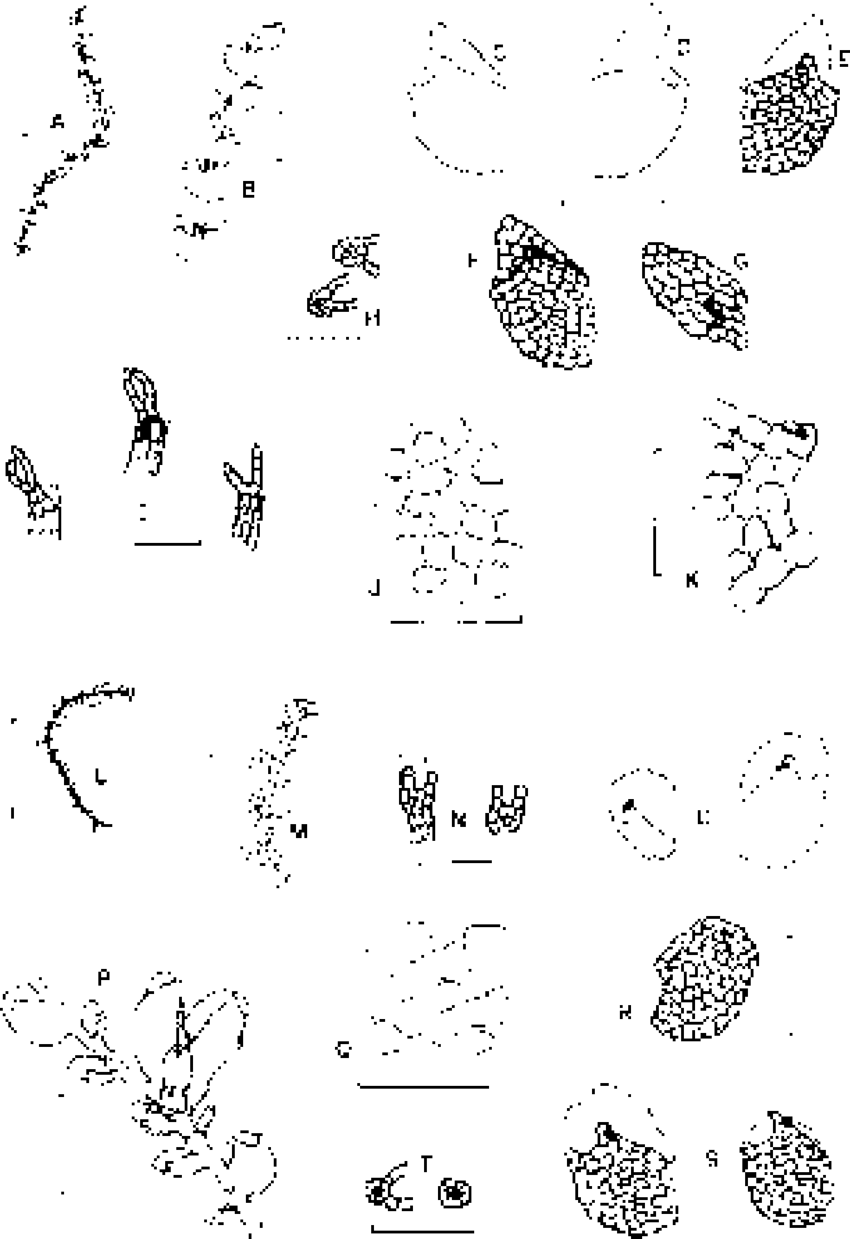
Figura-4-Microlejeunea-acutifolia-A-K-A-habito-vista-ventral-B-habito-em-detalhe.png from: https://www.researchgate.net/figure/Figura-4-Microlejeunea-acutifolia-A-K-A-habito-vista-ventral-B-habito-em-detalhe_fig2_265921108
Exploring the Fascinating World of Microlejeunea acuminata Steph. Moss
Introduction
Mosses are often overlooked, but they play crucial roles in ecosystems around the world. One particularly interesting species is Microlejeunea acuminata Steph., a tiny but mighty moss in the Lejeuneaceae family. In this blog post, we’ll dive into the fascinating world of this diminutive plant and explore its unique features, distribution, and ecological importance. Get ready to be amazed by
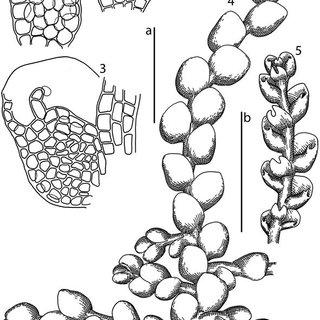
Microlejeunea-punctiformis-Taylor-Steph-1-2—underleaves-3—leaf_Q320.jpg from: https://www.researchgate.net/figure/Microlejeunea-punctiformis-Taylor-Steph-1-2—underleaves-3—leaf_fig4_339018942
Microlejeunea!
Background
Microlejeunea acuminata Steph. is a species of leafy liverwort moss in the Lejeuneaceae family, which contains over 1000 species worldwide. The genus Microlejeunea includes some of the smallest liverworts, with M. acuminata being one of the tiniest. This moss belongs to the Marchantiophyta division and Jungermanniopsida class. Despite its minuscule size, it has some remarkable adaptations.
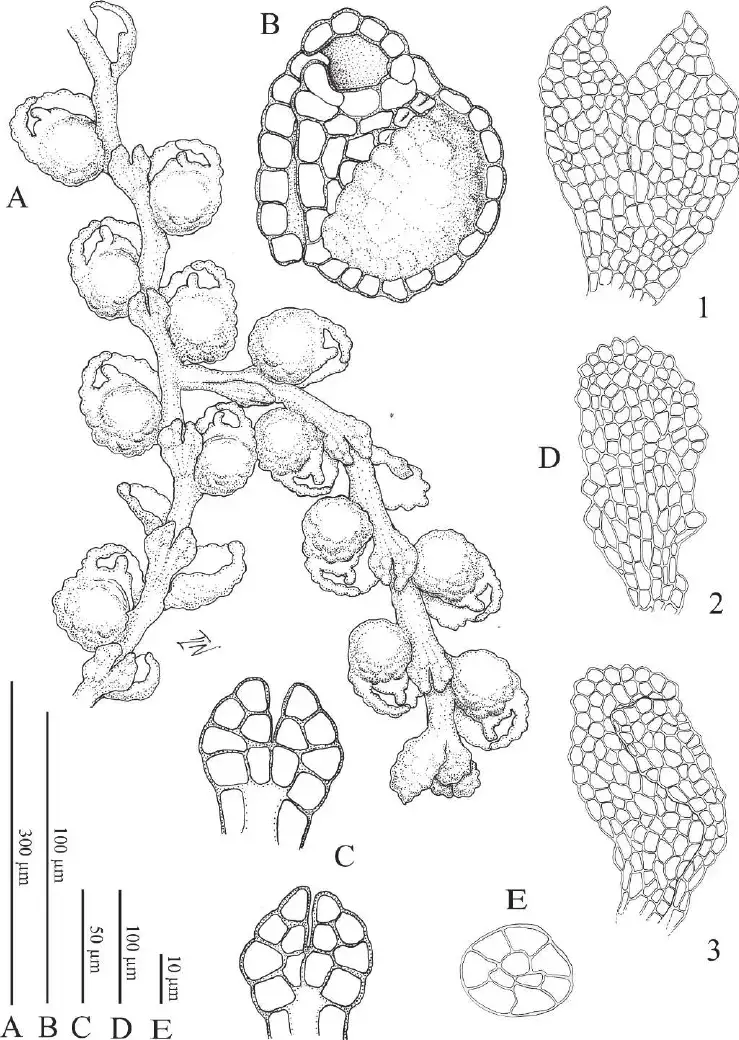
Microlejeunea-strasbergii-A-Habit-B-Leaf-in-ventral-view-C-Underleaves-D.png from: https://www.researchgate.net/figure/Microlejeunea-strasbergii-A-Habit-B-Leaf-in-ventral-view-C-Underleaves-D_fig1_255882551
Morphology and Identification
M. acuminata has very small, ovate leaves that are only about 0.2-0.4 mm long. The leaves have pointed tips (acuminate) and entire margins. Underleaves are present and bilobed. Rhizoids are scarce. The stems are pinnately branched.
Distinguishing Microlejeunea species can be tricky due to their tiny size. M. acuminata is characterized by its small, pointed leaves and the presence of scattered ocelli (single cells with thickened walls) on the leaves. Microscopic examination is required for definitive identification.
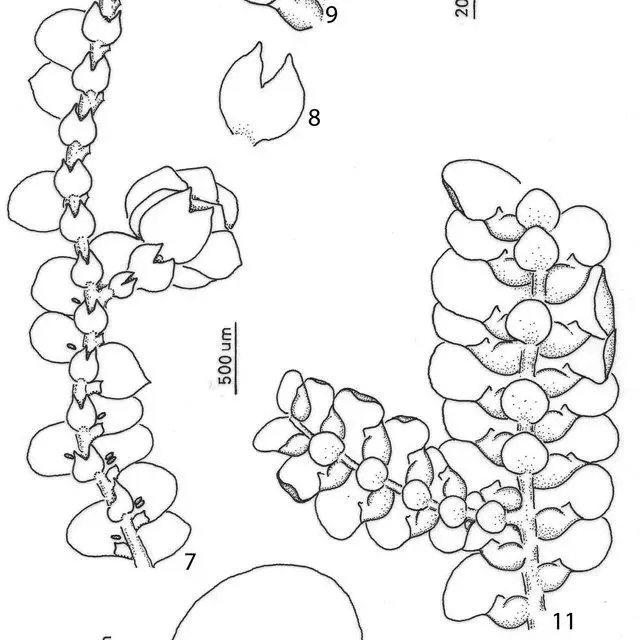
11-Ceratolejeunea-laetefusca-Austin-RM-Schust-7-Habit-ventral-view-8_Q640.jpg from: https://www.researchgate.net/figure/33-Microlejeunea-aphanella-Spruce-Steph-30-Habit-ventral-view-showing-one_fig6_267332106
Global Distribution and Habitat
Microlejeunea acuminata has a wide distribution in tropical and subtropical regions around the world, including:
- Central and South America
- Africa
- Southeast Asia
- Australia
- Pacific Islands
This tiny moss typically grows as an epiphyte on the bark and leaves of trees and shrubs in moist forests. It can form dense mats with other bryophytes. M. acuminata prefers humid, shaded habitats
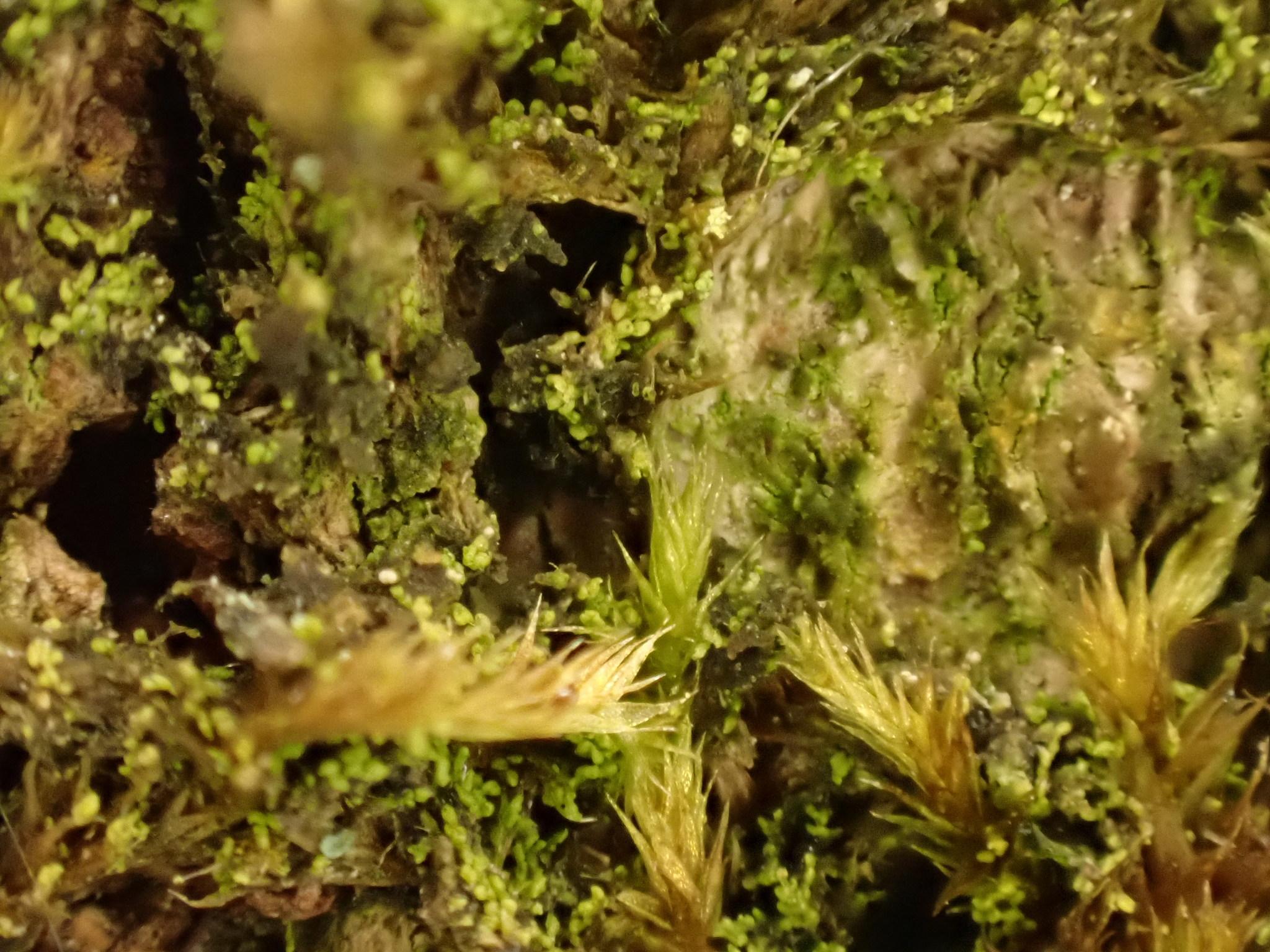
original.jpeg from: https://antropocene.it/en/2023/04/24/camptotheca-acuminata-2/
and does not tolerate prolonged desiccation.
Ecological Roles and Adaptations
Like other mosses, Microlejeunea acuminata

1120084333164566microlejeunea_ulicina2.jpg from: https://www.earth.com/plant-encyclopedia/bryophytes/lejeuneaceae/microlejeunea-bullata/en/
plays important roles in its ecosystem:
- Helps retain moisture
- Provides shelter for micro-organisms
- Contributes to nutrient cycling
- Serves as a bioindicator of air quality
M. acuminata’s small size is an adaptation that allows it to exploit limited spaces on trees where it can escape competition from larger plants. The presence of ocelli may help redirect light to the chloroplasts to enhance photosynthesis in shaded habitats. Its tropical distribution suggests limited frost tolerance.
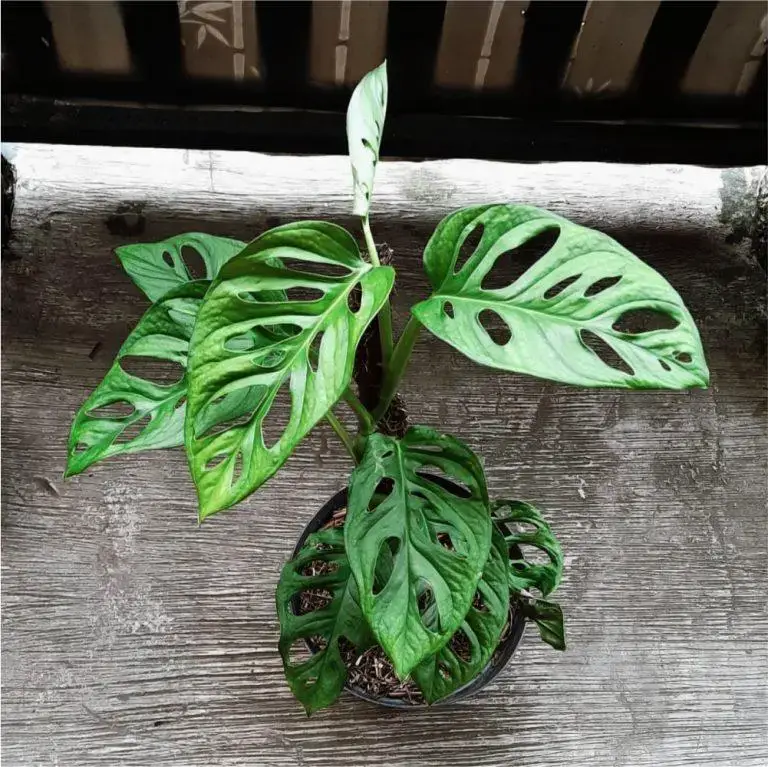
monstera-acuminata-1-768×767.jpg from: https://aroidsale.com/product/monstera-acuminata/
Conclusion
Microlejeunea acuminata Steph. may be tiny, but it is a remarkable and important moss with a wide tropical distribution. Its small size and unique adaptations allow it to thrive in moist, shady microclimates on trees. Next time you’re in a tropical forest, take a close look and see if you can spot this minuscule but mighty moss! What other secrets might the miniature world of
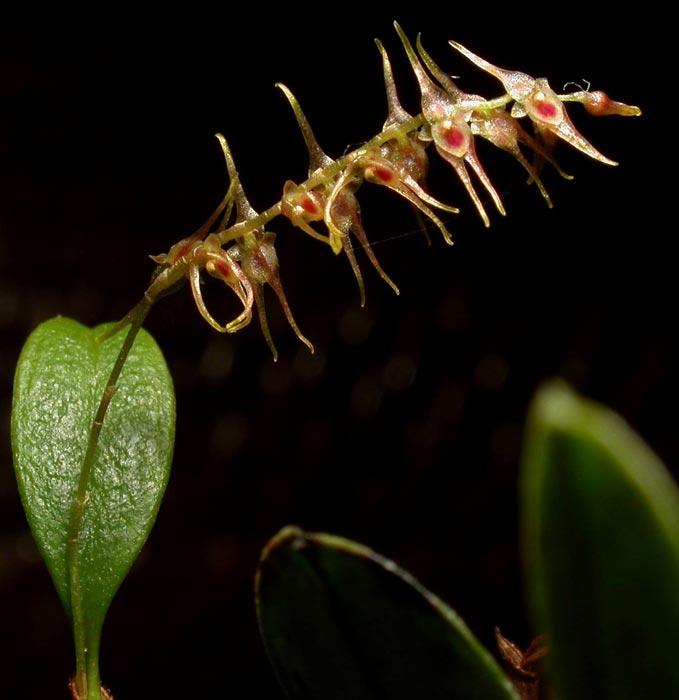
Lepanthopsis-acuminata3.jpg from: https://www.orchid-nord.com/Lepanthopsis/Lepanthopsis_acuminata/lep_acum.htm
Microlejeunea
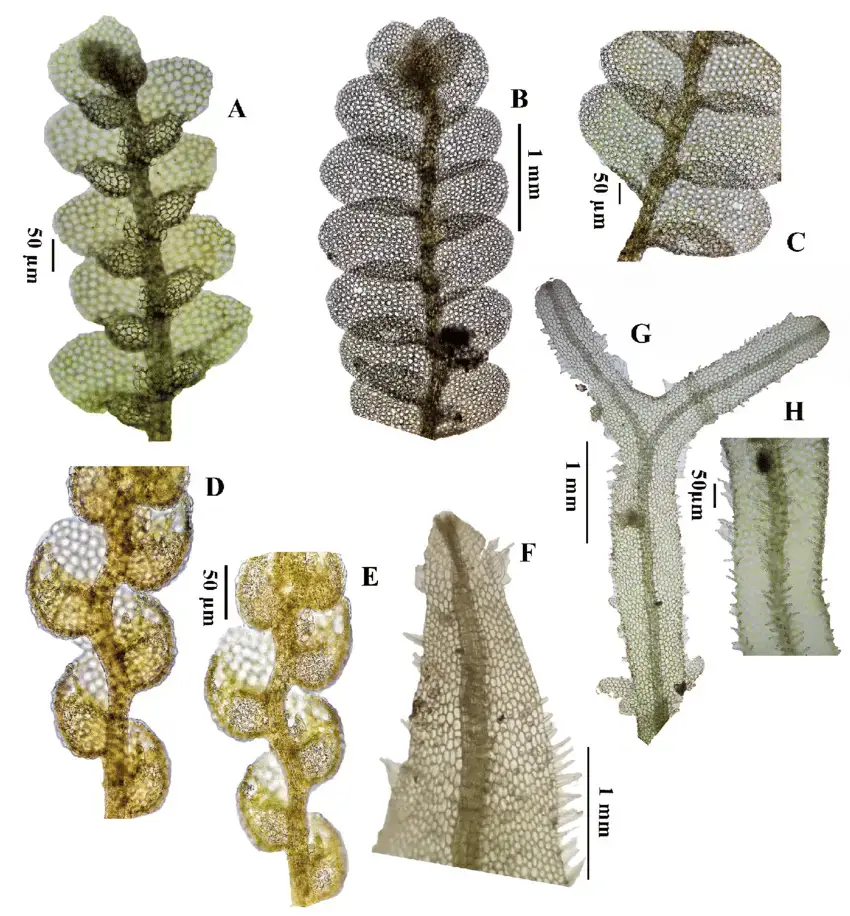
A-Lejeunea-laeta-gametophyte-B-C-L-monimiae-B-Gametophyte-C-Detail-of-lobule.png from: https://www.researchgate.net/figure/A-Lejeunea-laeta-gametophyte-B-C-L-monimiae-B-Gametophyte-C-Detail-of-lobule_fig4_343255766
hold?
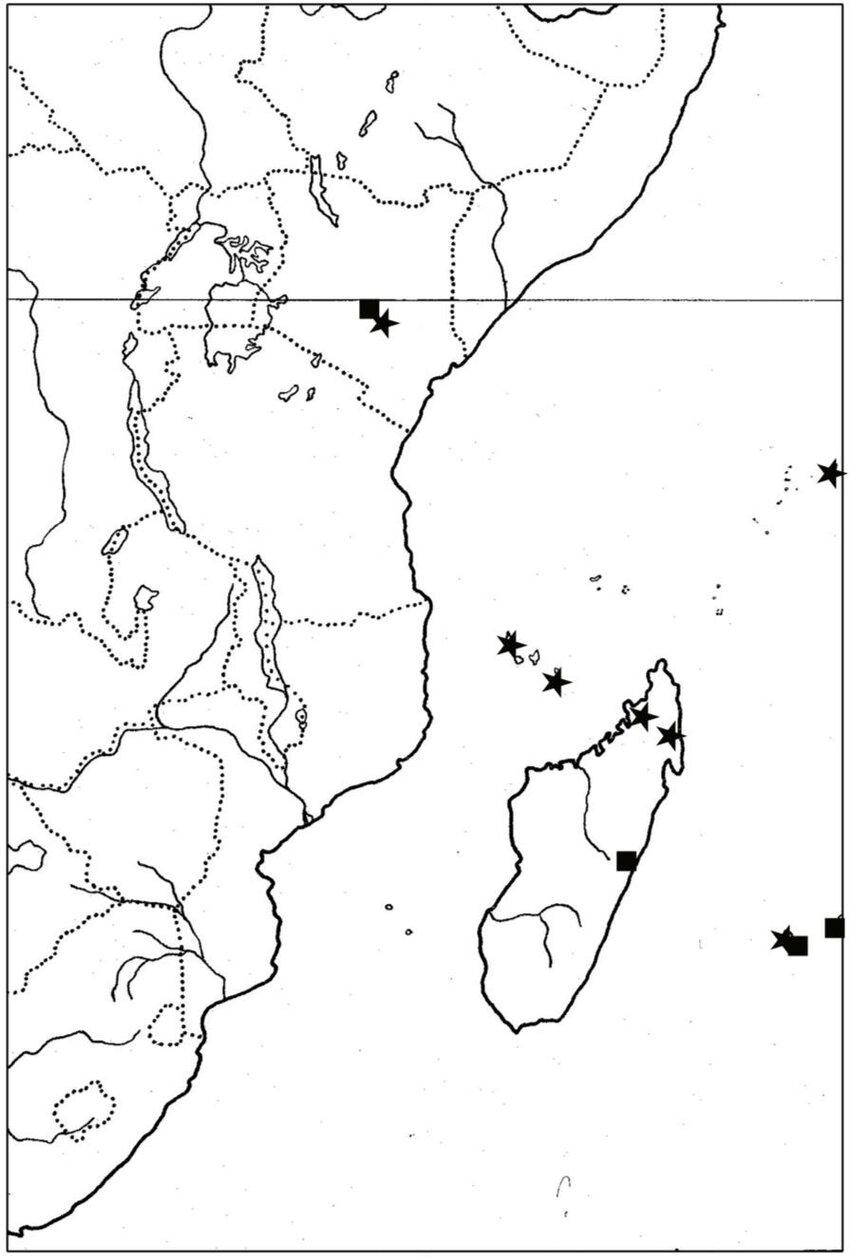
Distribution-of-Microlejeunea-inflata-Steph-asterisk-and-of-Leptodon-fuciformis.jpg from: https://www.researchgate.net/figure/Distribution-of-Microlejeunea-inflata-Steph-asterisk-and-of-Leptodon-fuciformis_fig1_358158088